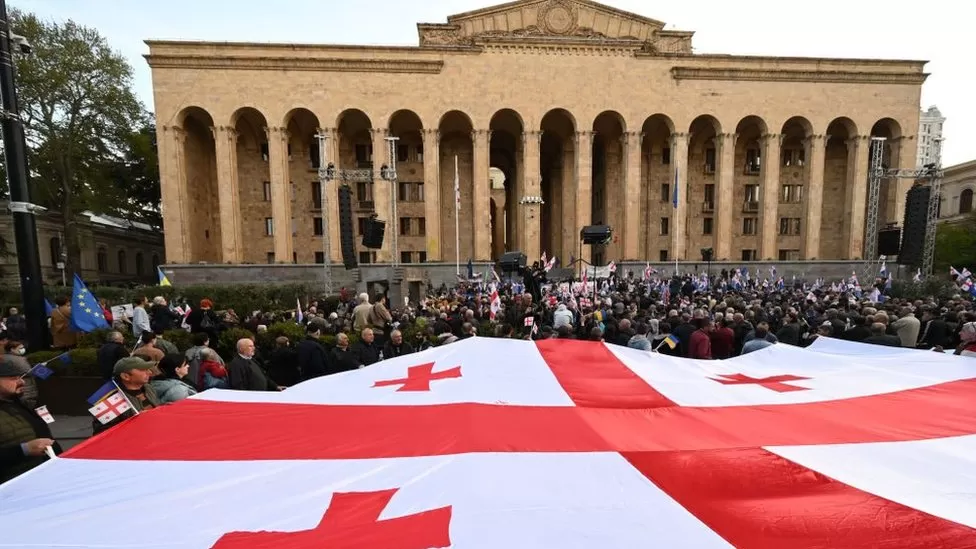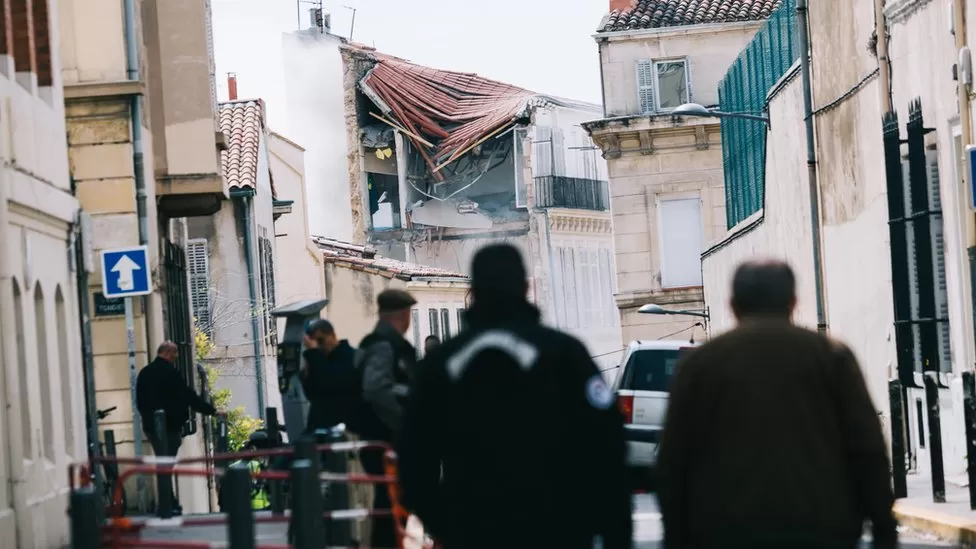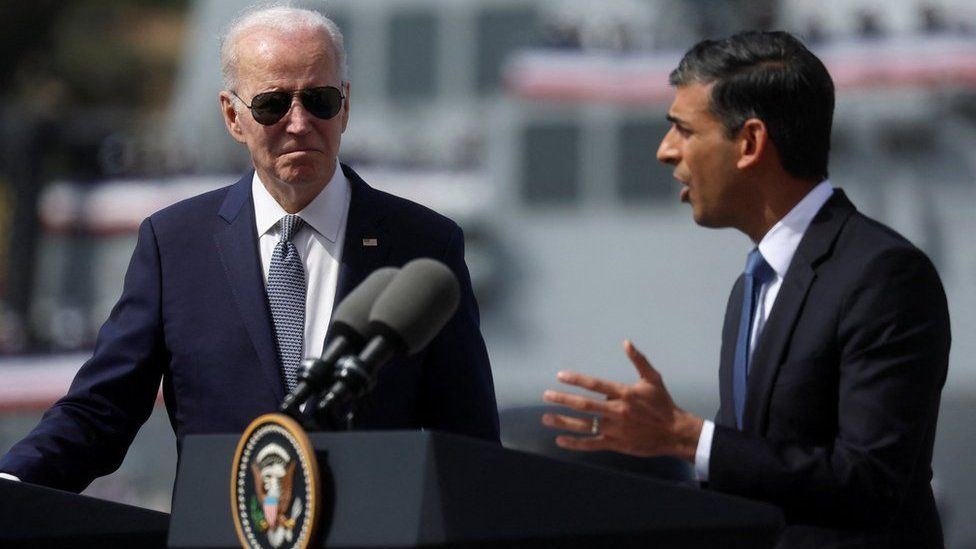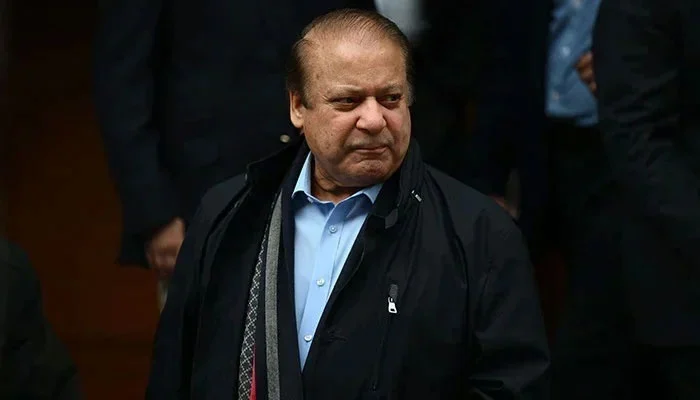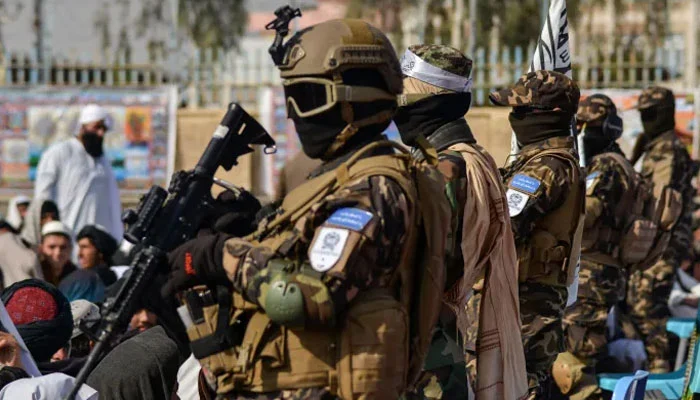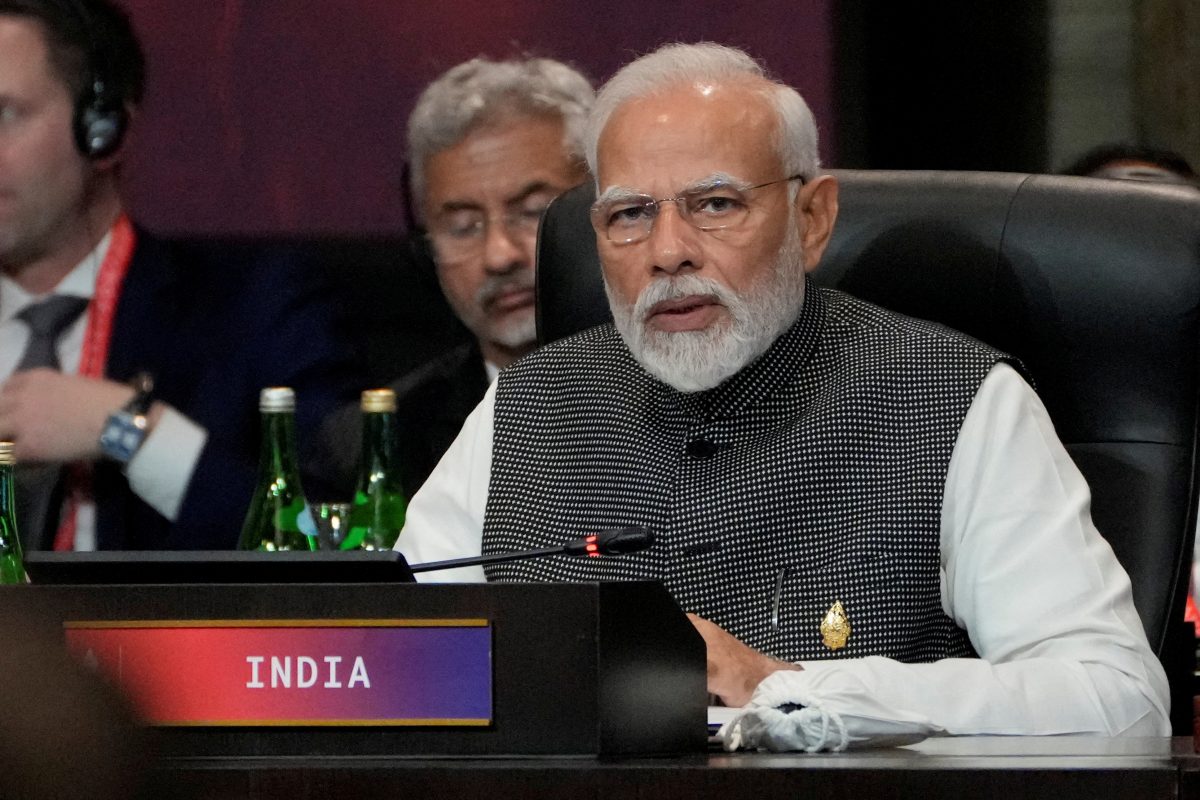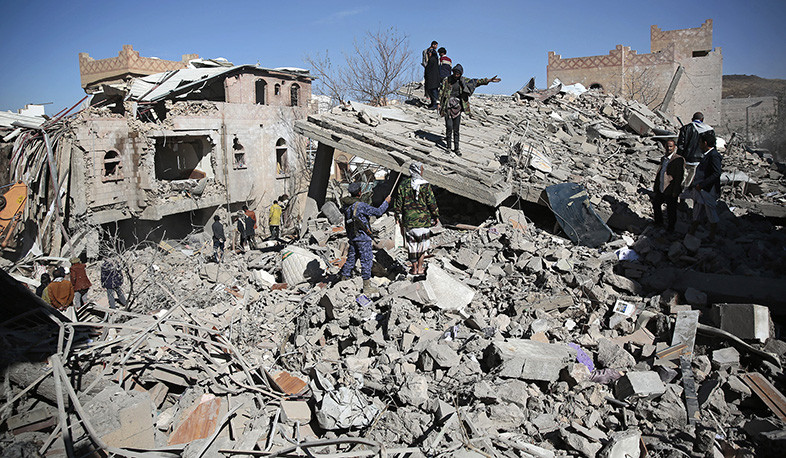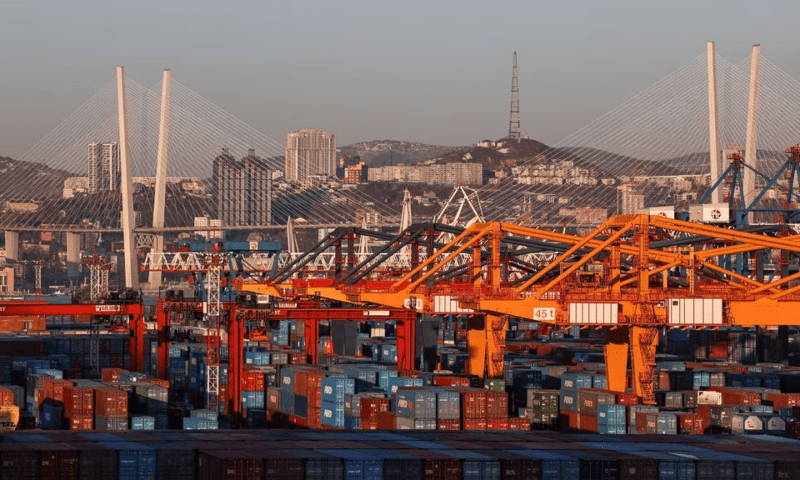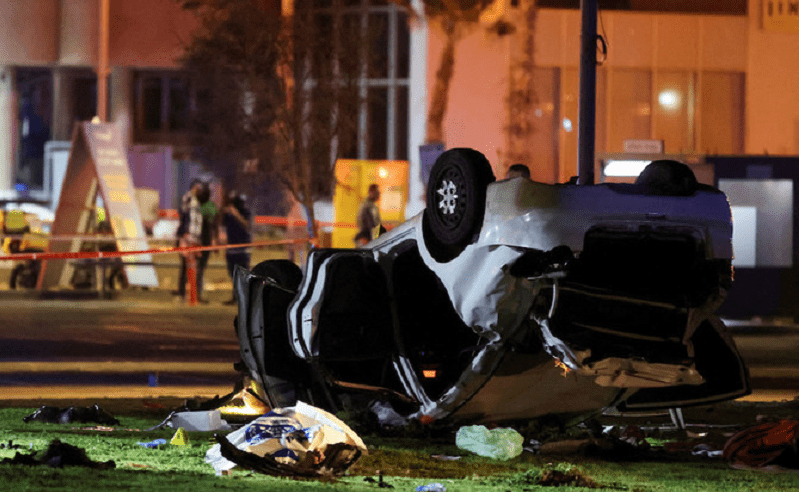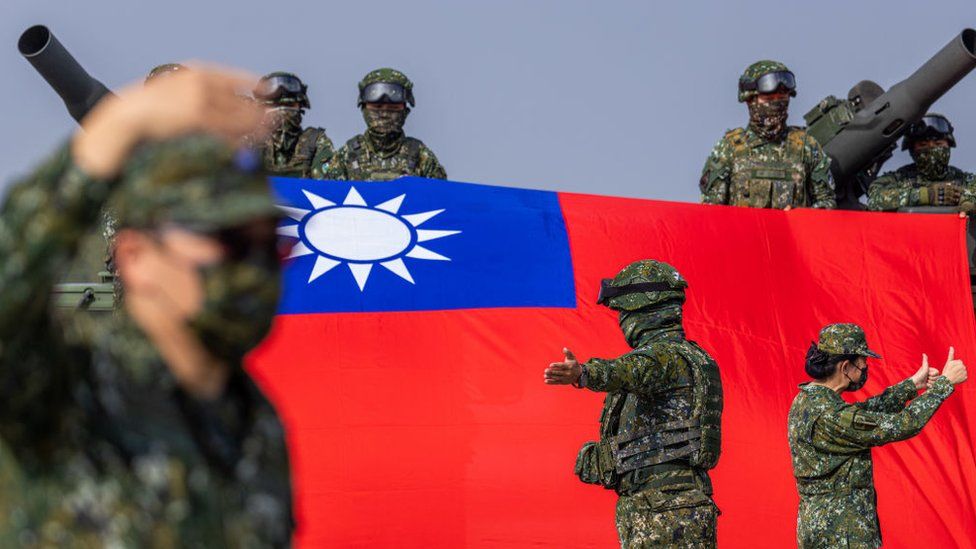Critics accuse the ruling Georgian Dream party of being under the sway of Russia and of backsliding on democracy.
The government has been accused of jailing political opponents and silencing independent media.
The rally was organised by the main opposition party in support of jailed former President Mikheil Saakashvili.
Mr Saakashvili, who served two terms as president between 2004 and 2013, is currently serving a six-year jail term for abuse of power, although international rights groups have condemned his conviction as politically motivated.
Last month, mass protests forced the government to abandon a bill that would have required any non-governmental organisation receiving money from abroad to register as an “agent of foreign influence”.
Opponents said the bill was modelled on one introduced in Russia in 2012 to suppress dissent and called it a step towards authoritarianism. The protests saw police use water cannon and pepper spray on attendees.
On Sunday, demonstrators outside the parliament building in capital Tbilisi waved Georgian, Ukrainian and European Union flags and held a huge banner that read: “For a European future”.
Public opinion in Georgia is overwhelmingly pro-EU, and the government says it remains committed to the country’s bid to join the bloc, but opponents say its actions are harming Georgia’s chances of gaining membership.
Georgia applied for EU membership along with Ukraine and Moldova days after Russia invaded Ukraine in February 2022.
In June, the EU formally named Ukraine and Moldova as candidate member states, but said Georgia must implement a number of political and judicial reforms before being given the status.
Addressing the rally, Levan Khabeishvili, chair of the United National Movement party, which was founded by Mr Saakashvili, called for the “liberation of political prisoners” and the introduction of the reforms Brussels has asked for.
Giorgi Margvelashvili, who succeeded Mr Saakashvili as president, told the crowd that the Georgian government was “being controlled from Moscow and our obligation is to save our homeland from Russian stooges”.
“We are freedom-loving people, part of the European family, we reject Russian slavery,” he said.
One of the demonstrators, 27-year-old painter Luka Kavsadze, told the AFP news agency: “Our struggle will be peaceful but uncompromised and will lead us to where we belong – the European Union.”
Recent months have seen Mr Saakashvili stage a number of hunger strikes, and his supporters have claimed he is being denied proper healthcare.
Mr Saakashvili has also alleged he has been poisoned in prison, although Georgian authorities have accused him of feigning ill health to secure early release. In an article for the Politico website earlier this week Mr Saakashvili said he was dying from “from a bewildering array of over 20 serious illnesses”.


